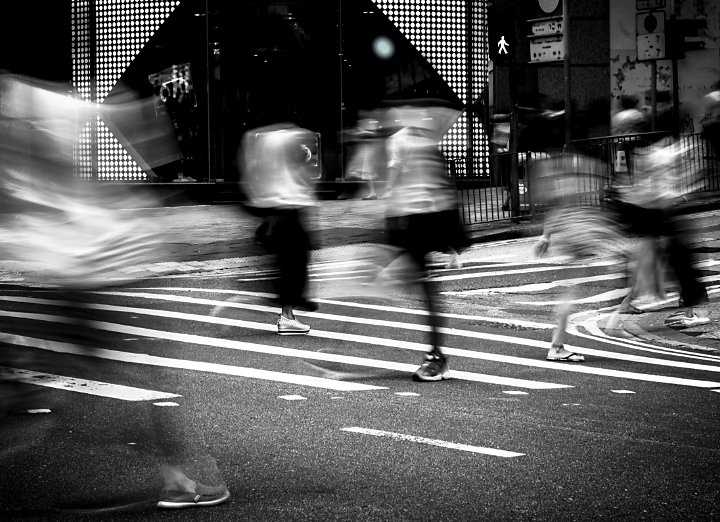Framing Streets Can Be Fun For Everyone
Framing Streets Can Be Fun For Everyone
Blog Article
Framing Streets Things To Know Before You Buy
Table of ContentsThe Buzz on Framing StreetsNot known Facts About Framing StreetsFacts About Framing Streets UncoveredOur Framing Streets DiariesIndicators on Framing Streets You Need To Know7 Easy Facts About Framing Streets Explained
, typically with the objective of capturing photos at a crucial or poignant minute by mindful framing and timing. https://www.evernote.com/shard/s712/sh/a20f905f-57e4-5272-51f4-f35da5427286/FHPVGf2byaymnUuFoCvbW6NB-nEwrGqgpr5jMmpHfYWRset57b4bWaOM-A.
, that was inspired to carry out a similar documentation of New York City. As the city created, Atget aided to promote Parisian roads as a worthy subject for photography.

How Framing Streets can Save You Time, Stress, and Money.
Between 1946 and 1957 Le Groupe des XV every year showed job of this kind. Andre Kertesz. Circus, Budapest, 19 May 1920 Street photography developed the significant web content of 2 exhibitions at the Museum of Modern Art (Mo, MA) in New york city curated by Edward Steichen, 5 French Digital Photographers: Brassai; Cartier-Bresson, Doisneau, Ronis, Izis in 1951 to 1952, and Post-war European Photography in 1953, which exported the principle of street digital photography worldwide.
How Framing Streets can Save You Time, Stress, and Money.
The recording machine was 'a surprise cam', a 35 mm Contax concealed under his coat, that was 'strapped to the chest and attached to a long wire strung down the right sleeve'. However, his work had little contemporary effect as because of Evans' sensitivities about the originality of his project and the privacy of his subjects, it was not published until 1966, in guide Lots of Are Called, with an intro written by James Agee in 1940.
Helen Levitt, after that an educator of young kids, related to Evans in 193839. She recorded the transitory chalk illustrations - sony a7iv that became part of youngsters's street society in New york city at the time, along with the kids who made them. In July 1939, Mo, MA's new digital photography section consisted of Levitt's operate in its inaugural exhibitionRobert Frank's 1958 publication,, was significant; raw and usually out of focus, Frank's photos questioned conventional photography of the time, "challenged all the official regulations laid down by Henri Cartier-Bresson and Pedestrian Evans" and "contradicted the wholesome pictorialism and genuine photojournalism of American publications like LIFE and Time".
Report this page